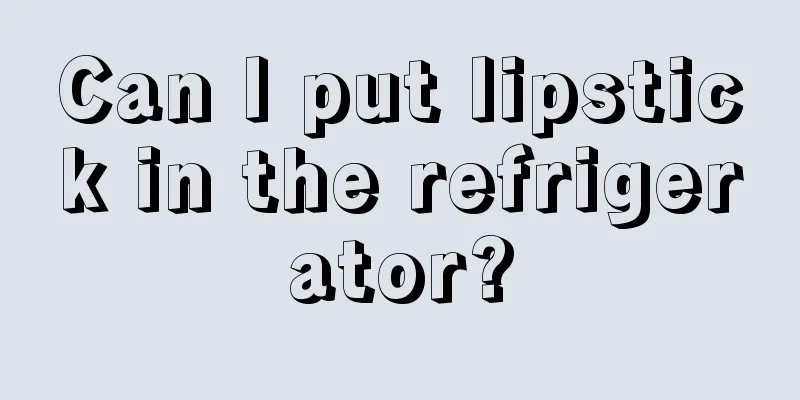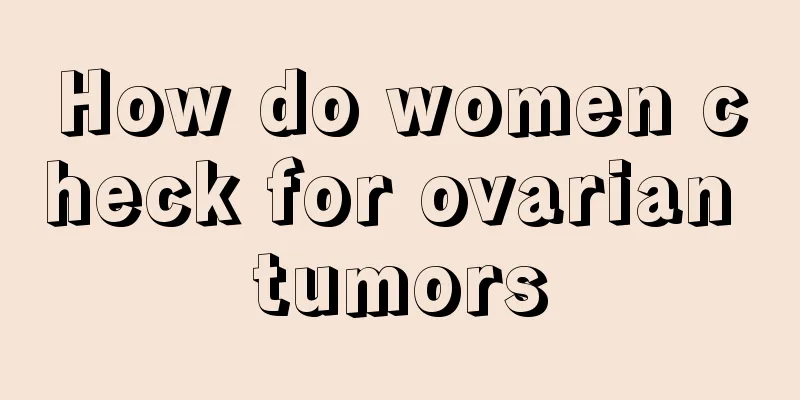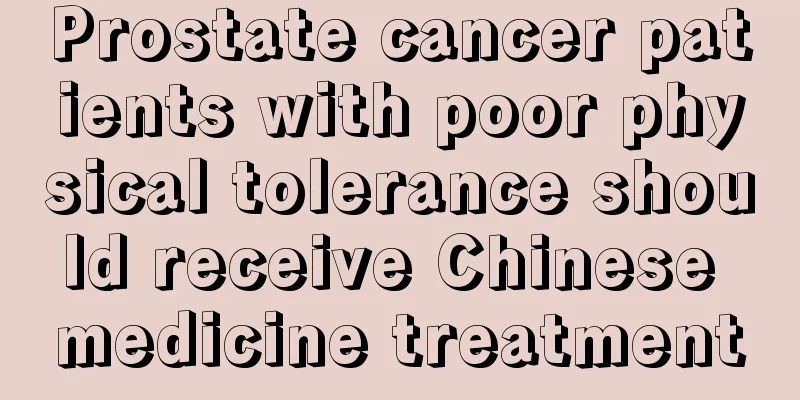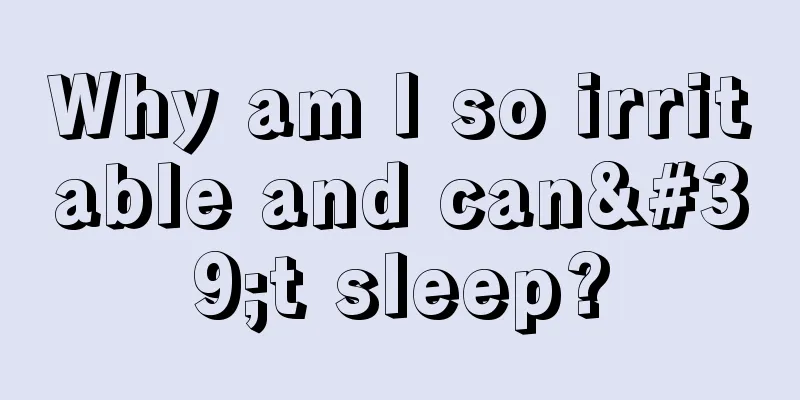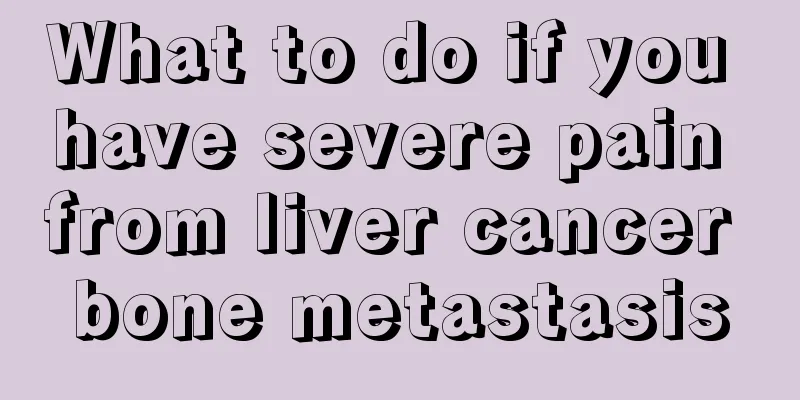The harm of cyfluthrin to humans

|
Flucythrin is an organic chemical. Flucythrin is widely used in agriculture because its main function is to kill insects. So flucythrin is, in a sense, an insecticide, but when using flucythrin, be sure not to allow it to come into contact with the skin, because flucythrin is somewhat irritating to human skin. Today I will explain to you the harmfulness of flumethrin to the human body. Highly effective chlorpyrifos is a neurotoxin that generally acts as a contact or stomach poison and will not cause death. The skin at the contact site may feel stinging, especially around the mouth and nose, but there is no erythema. Rarely causes systemic poisoning. First aid for poisoning: Symptoms of poisoning: headache, dizziness, nausea, vomiting. If inhaled accidentally, the patient should be moved to a well-ventilated area. If it accidentally contacts the skin or splashes into the eyes, rinse with plenty of water for at least 15 minutes. If swallowed by mistake, immediately take this label and send the patient to the hospital for diagnosis and treatment. There is no specific antidote, but symptomatic treatment is available. Gastric lavage can be performed if a large amount is swallowed, but vomiting should not be induced. Additional information Cypermethrin, with the chemical formula C22H19CL2NO3, is also known as Methoxypermethrin and Anlubao. The industrial product is a yellow to brown viscous solid and a viscous liquid at 60°C. It is an insecticide. It is moderately toxic and irritating to the skin and mucous membranes. When heated above 220°C, cypermethrin will decompose to produce cyanide gas. Pyrethroid insecticides. It has the characteristics of broad-spectrum, high efficiency and rapid action. It mainly kills pests by contact and stomach poison. It is suitable for pests such as Lepidoptera and Coleoptera, but has poor effect on mites. It has good control effects on aphids, bollworms, armyworms, loopers, leaf rollers, flea beetles, weevils and other pests on crops such as cotton, soybeans, corn, fruit trees, grapes, vegetables, tobacco, and flowers. The usual dosage is 0.3-0.9g/100m2. For example, to control cotton bollworm and pink bollworm, spray with 1000-1500 times diluted 10% emulsion during the peak hatching period, before the larvae bore into the buds and bolls; for citrus pests, spray with a concentration of 30-100 mg/L; for tea pests, spray with a concentration of 25-50 mg/kg. Be careful not to use it near mulberry gardens, fish ponds, water sources, or bee farms. |
<<: What to do if mosquito bites are extremely itchy
>>: How does TCM diagnose pulse
Recommend
What are the benefits of using a hot towel on your face? It turns out there are these 8 benefits
Many people like to use hot towels to apply to th...
What is the cancer index CA-125
A female patient underwent a vaginal B-ultrasound...
Which hospital is good for treating fibroids
Which hospital is good for treating fibroids? In ...
How can a father's stomach cancer be passed on to his children
As we all know, gastric cancer has the characteri...
Why do my hands go numb when I sleep lying down
If the numbness in the hands returns to normal af...
The relationship between kidney and bladder
There is actually a very important relationship b...
The first choice of anti-allergic drugs
I believe many people have experienced allergies....
Diet therapy for osteosarcoma
Many patients with osteosarcoma hope to use diet ...
The role of zinc sulfate
Zinc sulfate, also known as zinc sulfate, is a wh...
Is lung puncture dangerous?
Lung puncture is a clinical examination method fo...
Will taking too many medicines cause stomach cancer?
Gastric cancer is the most common malignant tumor...
Cough and runny nose after fever subsides
Fever is a very common phenomenon in daily life. ...
The five habits that are most likely to cause colorectal cancer, don't ignore them!
Rectal cancer has become a high-incidence disease...
Laparoscopic surgery for gallstones
Gallstones are a very common disease in daily lif...
How to remove stubborn oil stains from clothes
It is very common to have stubborn oil stains on ...

